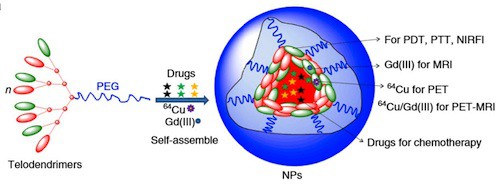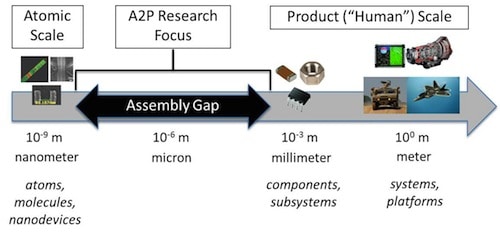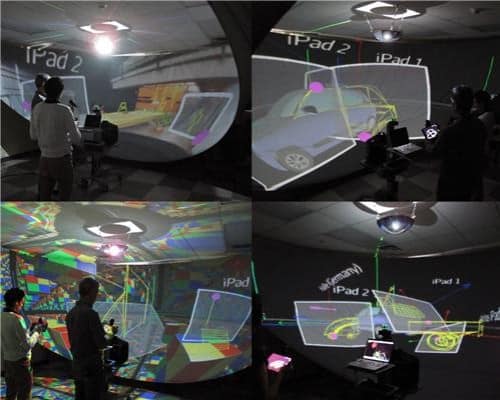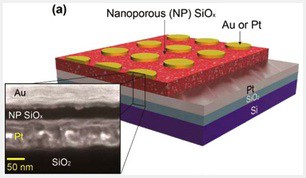A nanoparticle that self-assembles from porphyrin, cholic acid, amino acids, and polyethylene glycol is a promising vehicle for delivering both imaging agents and cancer drugs to tumors.
Novel multifunctional nanoparticle for diagnosis and therapy


A nanoparticle that self-assembles from porphyrin, cholic acid, amino acids, and polyethylene glycol is a promising vehicle for delivering both imaging agents and cancer drugs to tumors.

Swiss researchers have used biomolecular shuttles to capture molecular building blocks from solution and transport them across fluid flow boundaries to be further manipulated in a subsequent chamber.

Register by Sept. 5 to attend a Proposers Day webinar on either Sept. 9 or 11 to learn the technical objectives of DARPA’s new “Atoms to product: Aiming to make nanoscale benefits life-sized” program.

An interview with UK nanotechnologist Richard Jones argues that the surest and most efficient path to advanced nanomachine function will incorporate or mimic biomolecular nanomachinery rather than scaled down rigid conventional machinery.

Attaching a 200-nm-diameter magnetic bead to a 1-nm diameter synthetic molecular machine allowed optical visualization of the motion of the machine and manipulation with a magnetic tweezers.

Nanotech promises more commonplace access to advanced technology as material and fabrication costs fall and traditional barriers to innovation are removed. Examples are already being seen globally: more access to laptops and cell phones in developing countries, desktop 3D printers, a surge in establishment of shared-use research facilities, etc. A couple recent cases getting attention… Continue reading Recent cases of 'accessible' high-tech: Open source chips & Origami robots

Speaking of big computation, cyberspace isn’t yet as potent as Neal Stephenson portrayed in Snow Crash and subsequent books, but it’s getting there. A new article in the Wall Street Journal online titled Can World of Warcraft Game Skills Help Land a Job? states that some job seekers are adding gaming skills to their resumes… Continue reading Surprisingly real value from virtual reality

What 3D printers are doing to facilitate fabrication, 3D drawing programs are surpassing to facilitate design. As described at ScienceDaily.com, two systems referred to as “powerful” and “spectacular” are being highlighted at the SIGGRAPH 2014 conference in Vancouver this week: True2Form (out of University of British Columbia) brings 2D sketches into 3D (excerpt from SD… Continue reading Big computation brings your ideas into 3D

Photovoltaics are an interesting case where atomic precision is not necessary to achieve potentially dramatic global impacts. Even an “ok efficiency” device that is easy to manufacture with reduced environmental hazard could have significant beneficial effects on energy resources and on device fabrication processes (which could, in turn, contribute to developments toward APM). The struggle… Continue reading Tunable Assembly of Nanoparticles for (Photovoltaic) Devices

Rice University’s breakthrough nanoporous silicon oxide technology for resistive random-access memory (RRAM) appears poised for commercialization.